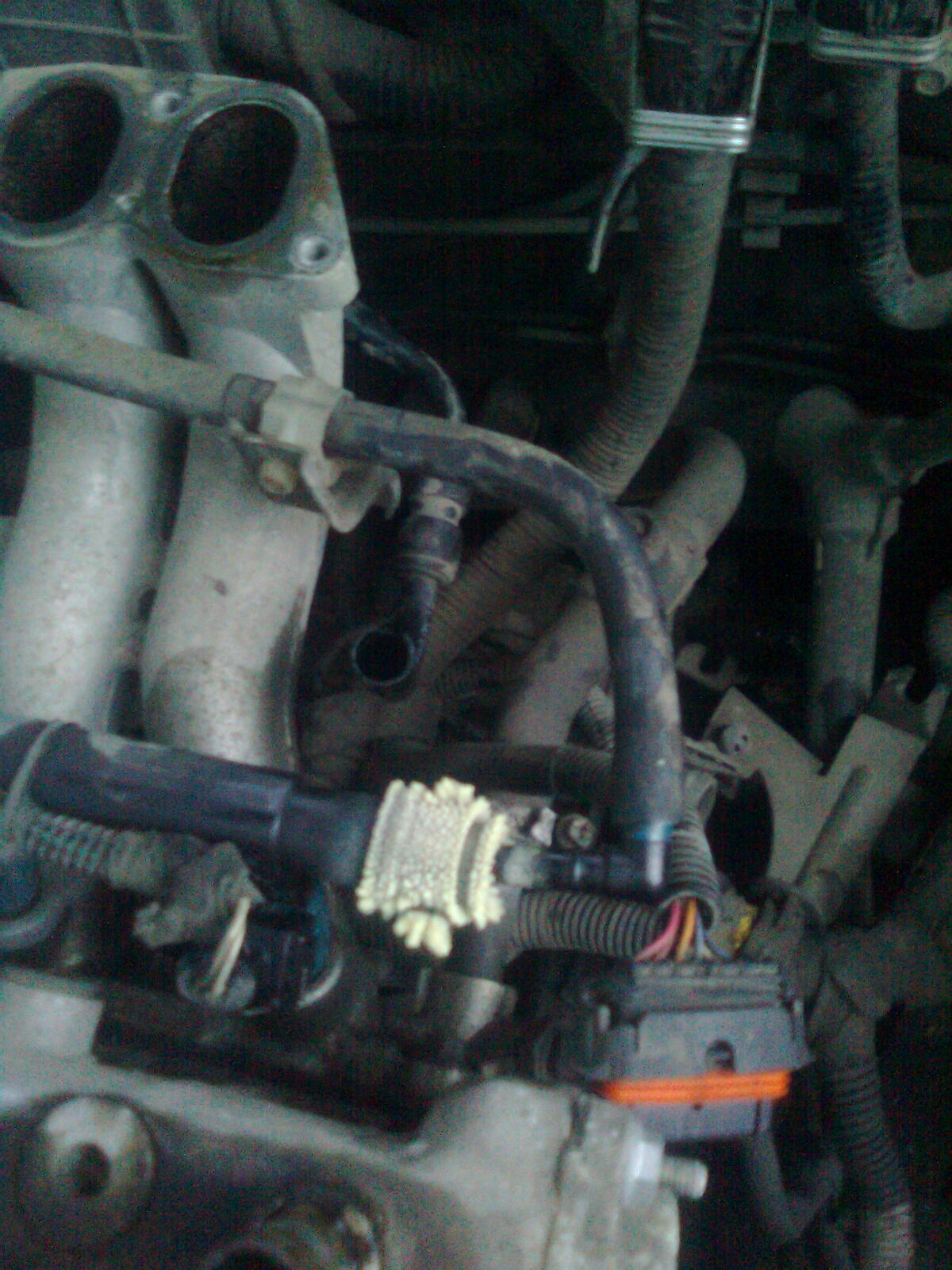- Joined
- Apr 8, 2008
- Messages
- 16,742
- Points
- 3,186
in the summer you want a cold air feed, as the warm air is less dense then cold air
its a well known fact
since in the winter - cold dense air is been sucked in - the car has to fuel more to compensate to give a good fuel to air ratio
How about for the winter swapping to a warm air feed?
as surly it means it'll use less fuel - and since warm air fed in - it should help the engine warm up a little quicker
So possibly Getting a Hot Air Feed from Near / around the Mani-cat could save fuel this winter? Surly you only need a little pipe to just take it from A to B from the stock airbox?
Any thoughts on weather todo it or not?
ziggy
its a well known fact
since in the winter - cold dense air is been sucked in - the car has to fuel more to compensate to give a good fuel to air ratio
How about for the winter swapping to a warm air feed?
as surly it means it'll use less fuel - and since warm air fed in - it should help the engine warm up a little quicker
So possibly Getting a Hot Air Feed from Near / around the Mani-cat could save fuel this winter? Surly you only need a little pipe to just take it from A to B from the stock airbox?
Any thoughts on weather todo it or not?
ziggy


